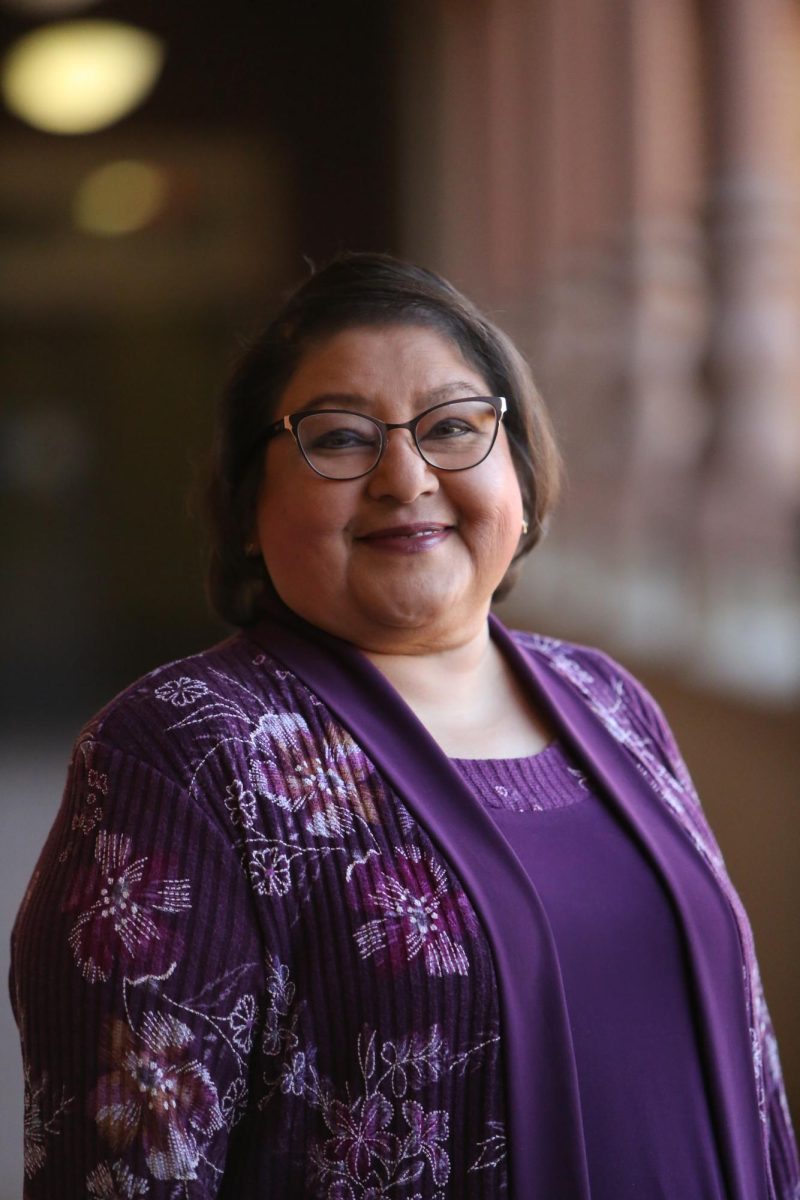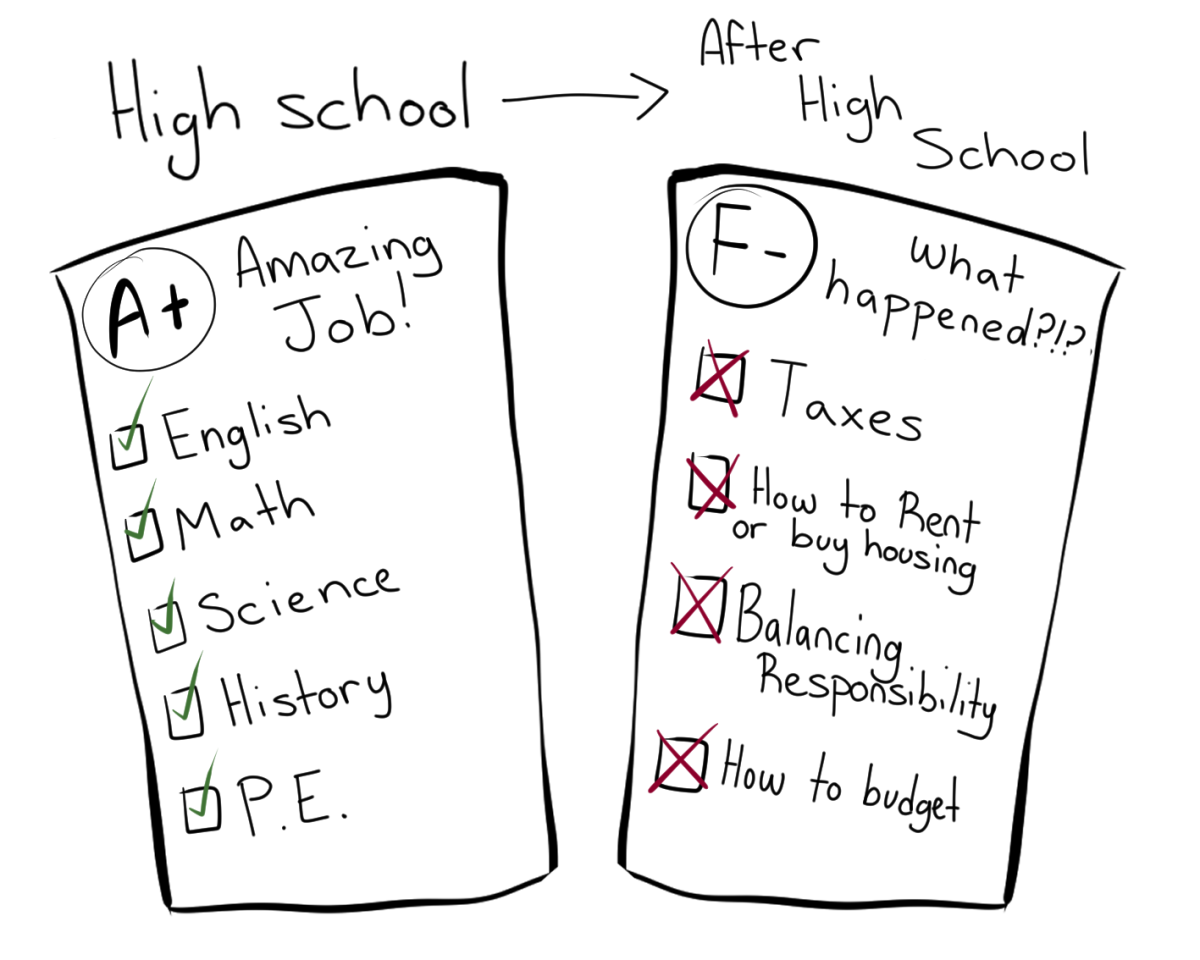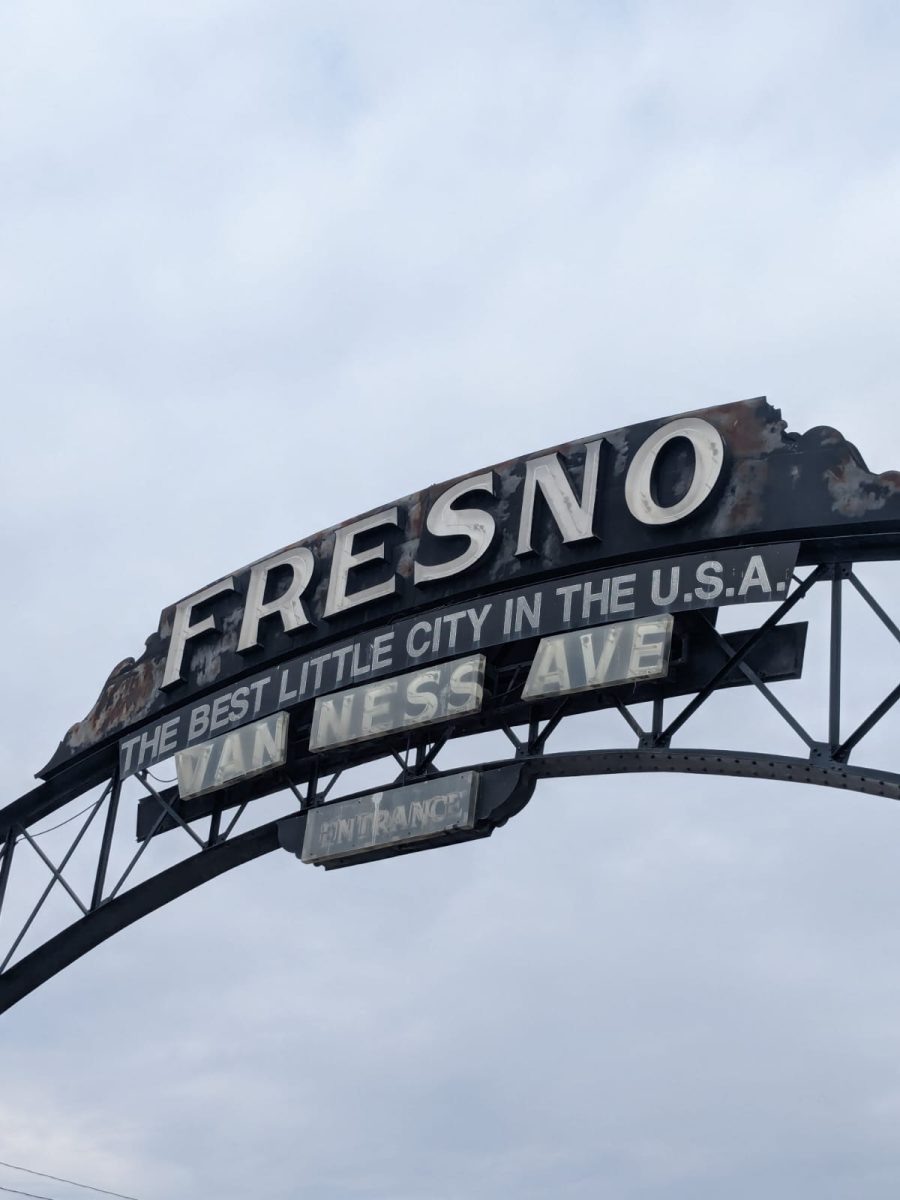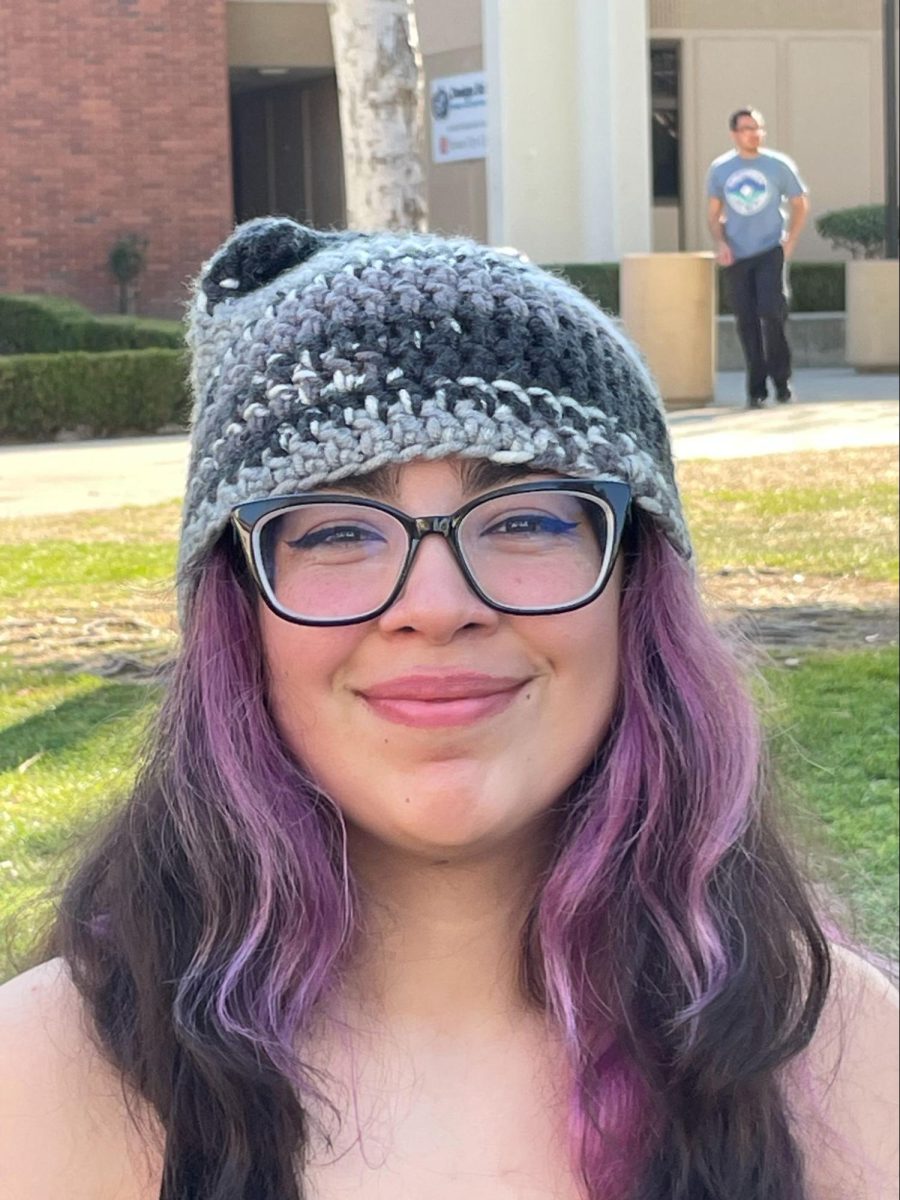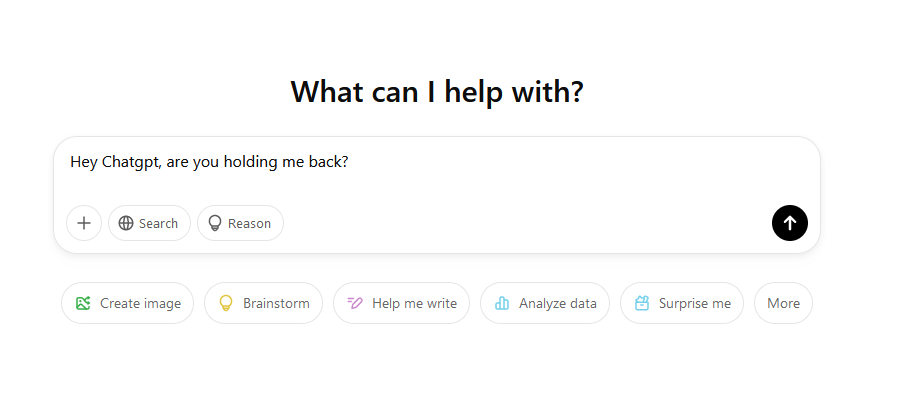On Oct. 14, a shooting occurred in Parking Lot E of the Fresno City College campus, harming no one but shattering windows of the Greenhouse and a vehicle parked nearby. Glass was not the only thing broken, however. Following the unnerving event, the response of inaction by the campus police and college administration has eroded whatever confidence the college community has in emergency safety plans, creating an urgency in developing a viable plan.
While there is no consensus on whether the campus should have been on a lockdown order or not, everyone agrees that the alert system is either inadequate or a complete failure. Staff were not notified of the event until about an hour later, and students received an email alert later as well. The “1st2Know” alert system has not lived up to its promise as many who signed up for the program have still not received the text notification, even two weeks later.
The campus police has borne the brunt of the blame for mishandling of the shooting and is moving quickly to institute a new emergency alert protocol and training sessions. Yet more is needed, not only from the police, but from the college leaders as well.
Specifically, what is the college doing to guarantee that the debacle of Oct. 14 will never happen again? What about educating students? Shouldn’t the administration take proactive measures to get students prepared for emergencies?
What happened on Oct. 14 is disturbing on many levels. In this post Virginia Tech world, how could a college campus serving more than 20,000 students not have a viable safety plan and alert system?
During the forum on Oct. 16, instructors spoke about their uncertainties, about not knowing what to do, about waiting for directions that never came and about their fear for themselves and their students.
Should they have locked the classroom doors or left the doors open, knowing that either decision could have severe consequences?
In the absence of information from the proper channels, most FCC students who were on campus at the time of the shooting found out about it from frantic relatives and friends checking to confirm they were OK.
We had to rely on social media to provide information that our college should have made available to us as soon as the shooting occurred.
At the open forum held on Oct. 16 in the Auditorium of the OAB, Police Chief Bruce Hartman answered questions and provided explanations to frustrated inquisitors about a flaw in communication between students, administrators and campus police.
Hartman did not lose his patience at all. He should not be the scapegoat for the mistake of an entire system. There is enough criticism to go around. But enough about blame, we need to focus on solutions.
A good start would be ensuring that the several communication systems used for potential emergencies — Informacast, Datatel and SingleWire — are all in sync with each other and will accomplish the college’s safety goals.
While Datatel deals with the “1st2Know” text messages and emails as well as other school-related electronic services, Informacast controls the web-based email system and SingleWire is for the phone and campus-wide speakers system.
Although text messages were eventually sent out to students (not all who signed up received them), the “1st2Know” system failed because the preset messages ready to be sent to those signed up did not include options that accurately described the shooting situation.
The Police Department chose instead to create a new option that related the incident of a school shooting with no active threat by a gunman.
Another step is to make sure that crucial information is not withheld in the future. Police Lt. Gaines stated that the police did not feel the situation necessitated an immediate text message to those signed up.
How could gunshots in a parking lot in close proximity to the center of campus not necessitate immediate notification? If gunshots during the busiest period on an open campus are not enough, what will be?
This situation may be complex- as school shootings in modern times always are- but it does not mean that there are no solutions.
The recent active shooter training sessions by the SCCCD Police are a move in the right direction. At least the sessions are empowering. We can finally begin to feel like we’re learning how to help ourselves in emergencies.
If nothing else, the Oct. 14 incident is a learning experience for all involved.
For administrators, it is about coming up with a concrete plan to handle situations like this. If it happens once, the door is already opened for it to happen again.
This is a chance to educate the whole campus on safety, including situations that may happen beyond the walls of the FCC campus.



